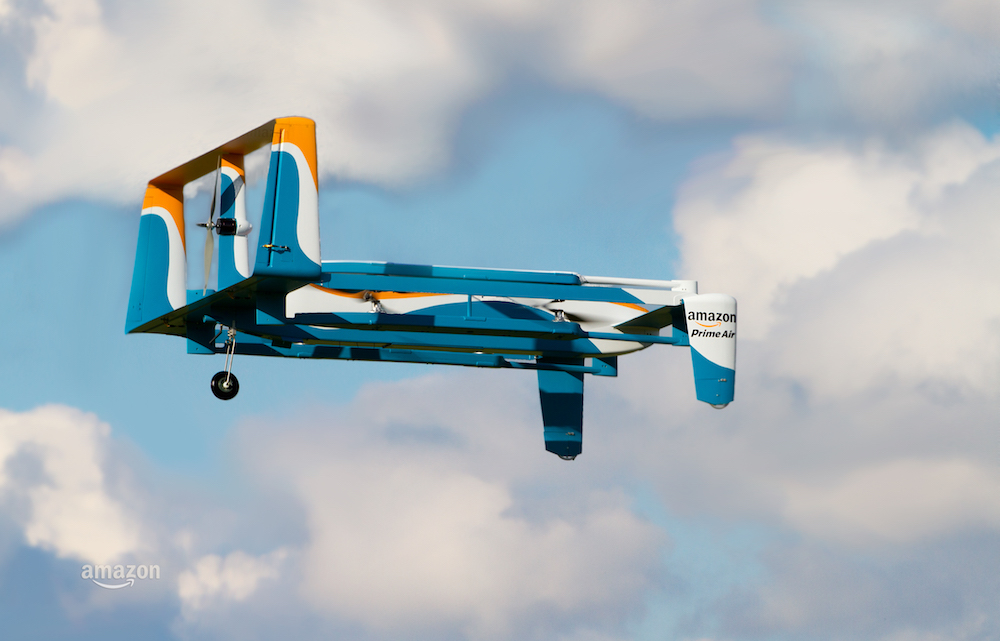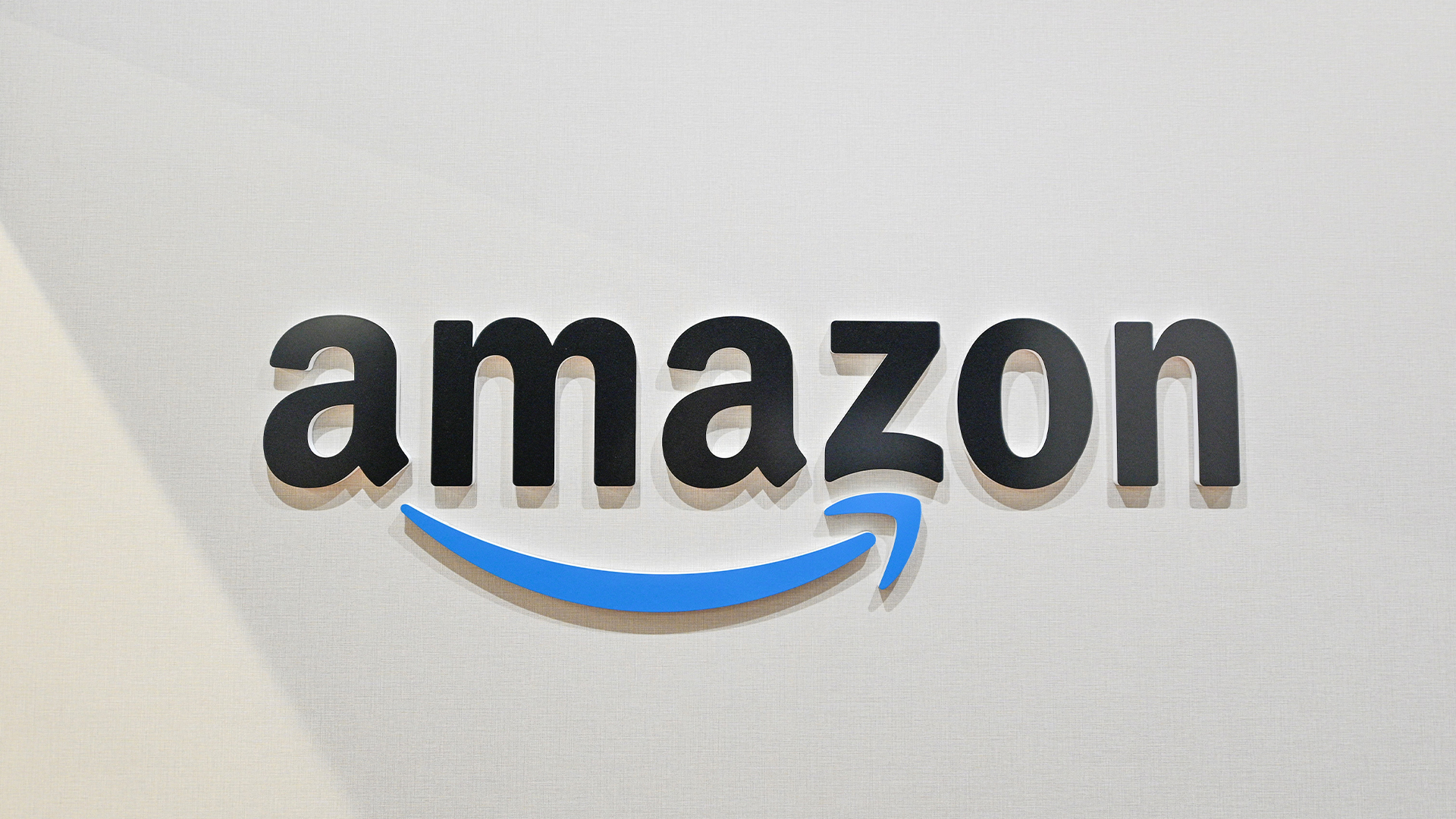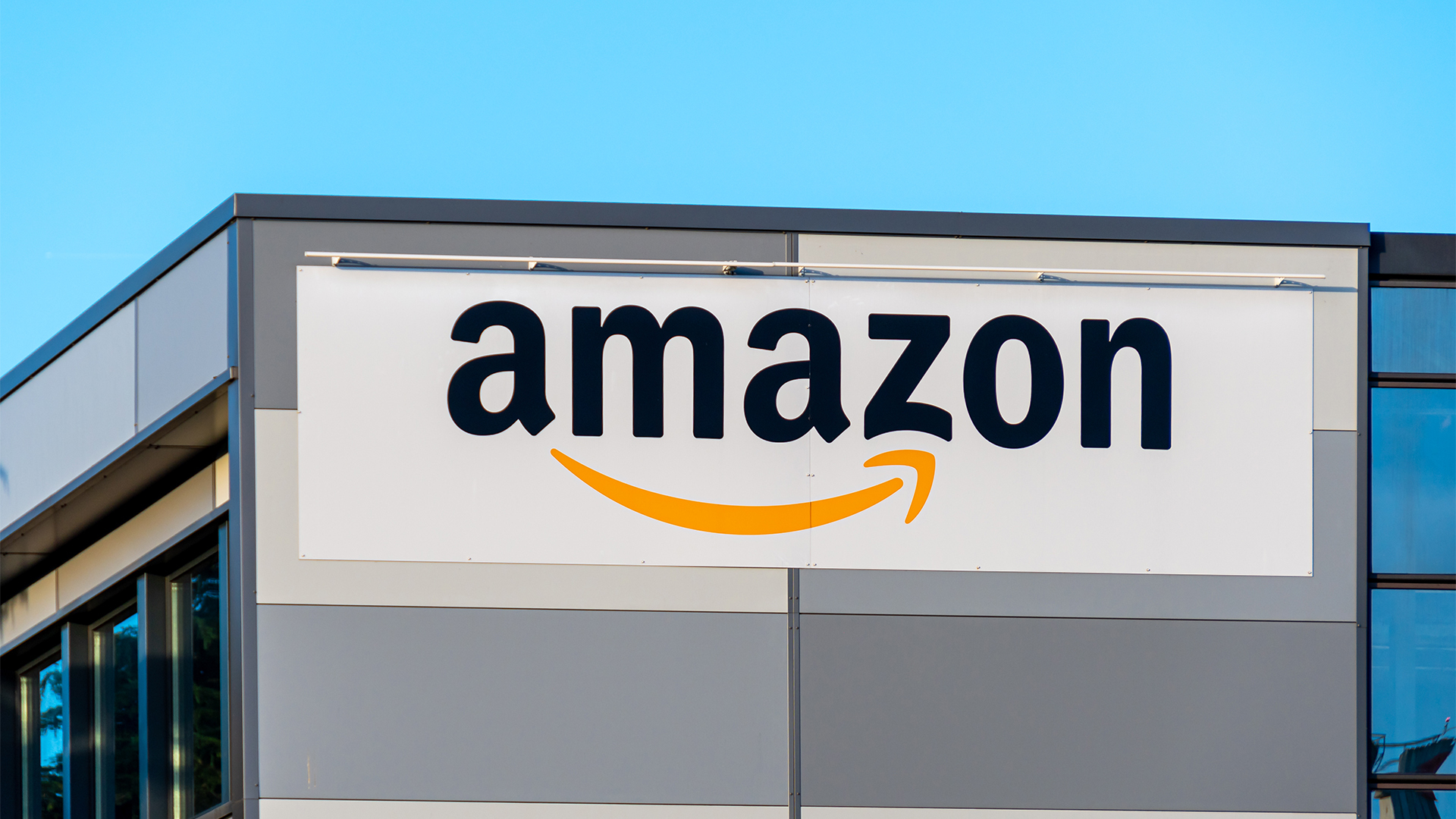Amazon will test Prime Air delivery drones over the UK
Amazon's plans to fly 'Prime Air' drones in partnership with UK gov get CAA approval


Amazon will test its drone delivery service in UK skies in partnership with the British government.
A cross-government team supported by the Civil Aviation Authority (CAA) has given the retailer the green light to conduct tests in the UK.
The trials will focus on how well the company's Prime Air drones can identify and navigate obstacles, how they perform when flown beyond the operator's line of sight, and whether a single operator can simultaneously pilot multiple drones.
"The UK is a leader in enabling drone innovation - we've been investing in Prime Air research and development here for quite some time," said Paul Misener, Amazon's vice president of global innovation policy and communications.
"The UK is charting a path forward for drone technology that will benefit consumers, industry and society," said Misener, promising that the introduction of drone delivery would create jobs.
The drones must remain under an altitude of 400ft (122m) and will not be permitted to fly near airport flight paths, as with privately-owned drones.
They will also be restricted to a maximum carry weight of 2.3kg (5lbs) or less, a weight an Amazon spokesperson said comprises 90 per cent of the company's deliveries.
Get the ITPro daily newsletter
Sign up today and you will receive a free copy of our Future Focus 2025 report - the leading guidance on AI, cybersecurity and other IT challenges as per 700+ senior executives
"We want to enable the innovation that arises from the development of drone technology by safely integrating drones into the overall aviation system," said CAA policy director Tim Johnson. "These tests by Amazon will help inform our policy and future approach."
Amazon is also exploring automation in other sectors, with a Dutch robot taking gold in its industrial automation challenge for warehouse bots.
Some, however, have warned of the dangers of deploying automated drones. "They might look pretty innocent, but on closer inspection, what you find can be terrifying," said Colin Bull, principal consultant for manufacturing and product development at SQS.
"Putting it bluntly, these devices are in fact a flying payload system," he said, and called for increased standardisation and regulation of the radio frequencies used for drone control.
Adam Shepherd has been a technology journalist since 2015, covering everything from cloud storage and security, to smartphones and servers. Over the course of his career, he’s seen the spread of 5G, the growing ubiquity of wireless devices, and the start of the connected revolution. He’s also been to more trade shows and technology conferences than he cares to count.
Adam is an avid follower of the latest hardware innovations, and he is never happier than when tinkering with complex network configurations, or exploring a new Linux distro. He was also previously a co-host on the ITPro Podcast, where he was often found ranting about his love of strange gadgets, his disdain for Windows Mobile, and everything in between.
You can find Adam tweeting about enterprise technology (or more often bad jokes) @AdamShepherUK.
-
 Should AI PCs be part of your next hardware refresh?
Should AI PCs be part of your next hardware refresh?AI PCs are fast becoming a business staple and a surefire way to future-proof your business
By Bobby Hellard
-
 Westcon-Comstor and Vectra AI launch brace of new channel initiatives
Westcon-Comstor and Vectra AI launch brace of new channel initiativesNews Westcon-Comstor and Vectra AI have announced the launch of two new channel growth initiatives focused on the managed security service provider (MSSP) space and AWS Marketplace.
By Daniel Todd
-
 ‘If you want to look like a flesh-bound chatbot, then by all means use an AI teleprompter’: Amazon banned candidates from using AI tools during interviews – here’s why you should never use them to secure a job
‘If you want to look like a flesh-bound chatbot, then by all means use an AI teleprompter’: Amazon banned candidates from using AI tools during interviews – here’s why you should never use them to secure a jobNews Amazon has banned the use of AI tools during the interview process – and it’s not the only major firm cracking down on the trend.
By George Fitzmaurice
-
 Amazon's RTO mandate could spark a talent exodus
Amazon's RTO mandate could spark a talent exodusNews A survey of Amazon staff suggests plenty remain unhappy about returning to the office next year
By Nicole Kobie
-
 Amazon's RTO mandate just hit a major roadblock – it doesn’t have enough office space
Amazon's RTO mandate just hit a major roadblock – it doesn’t have enough office spaceNews The company has told staff in several locations that it won't have room for them all in time
By Emma Woollacott
-
 “There are other companies around”: AWS CEO Matt Garman says employees pushing back on RTO mandates should quit
“There are other companies around”: AWS CEO Matt Garman says employees pushing back on RTO mandates should quitNews AWS CEO Matt Garman says employees pushing back on RTO mandates should quit
By Nicole Kobie
-
 Business execs just said the quiet part out loud on RTO mandates — A quarter admit forcing staff back into the office was meant to make them quit
Business execs just said the quiet part out loud on RTO mandates — A quarter admit forcing staff back into the office was meant to make them quitNews Companies know staff don't want to go back to the office, and that may be part of their plan with RTO mandates
By Nicole Kobie
-
 Microsoft tells staff it won’t follow Amazon or Dell on enforcing a return to the office – but there’s a catch
Microsoft tells staff it won’t follow Amazon or Dell on enforcing a return to the office – but there’s a catchNews While other big tech companies are forcing reluctant workforces back into the office, Microsoft isn’t following suit
By George Fitzmaurice
-
 Amazon workers aren’t happy with the company’s controversial RTO scheme – and they’re making their voices heard
Amazon workers aren’t happy with the company’s controversial RTO scheme – and they’re making their voices heardNews An internal staff survey at Amazon shows many workers are unhappy about the prospect of a full return to the office
By Ross Kelly
-
 Amazon set a goal to reach 100% renewable energy by 2030 – it reached it seven years early
Amazon set a goal to reach 100% renewable energy by 2030 – it reached it seven years earlyNews The tech giant has rapidly accelerated renewable energy investment in recent years
By Ross Kelly